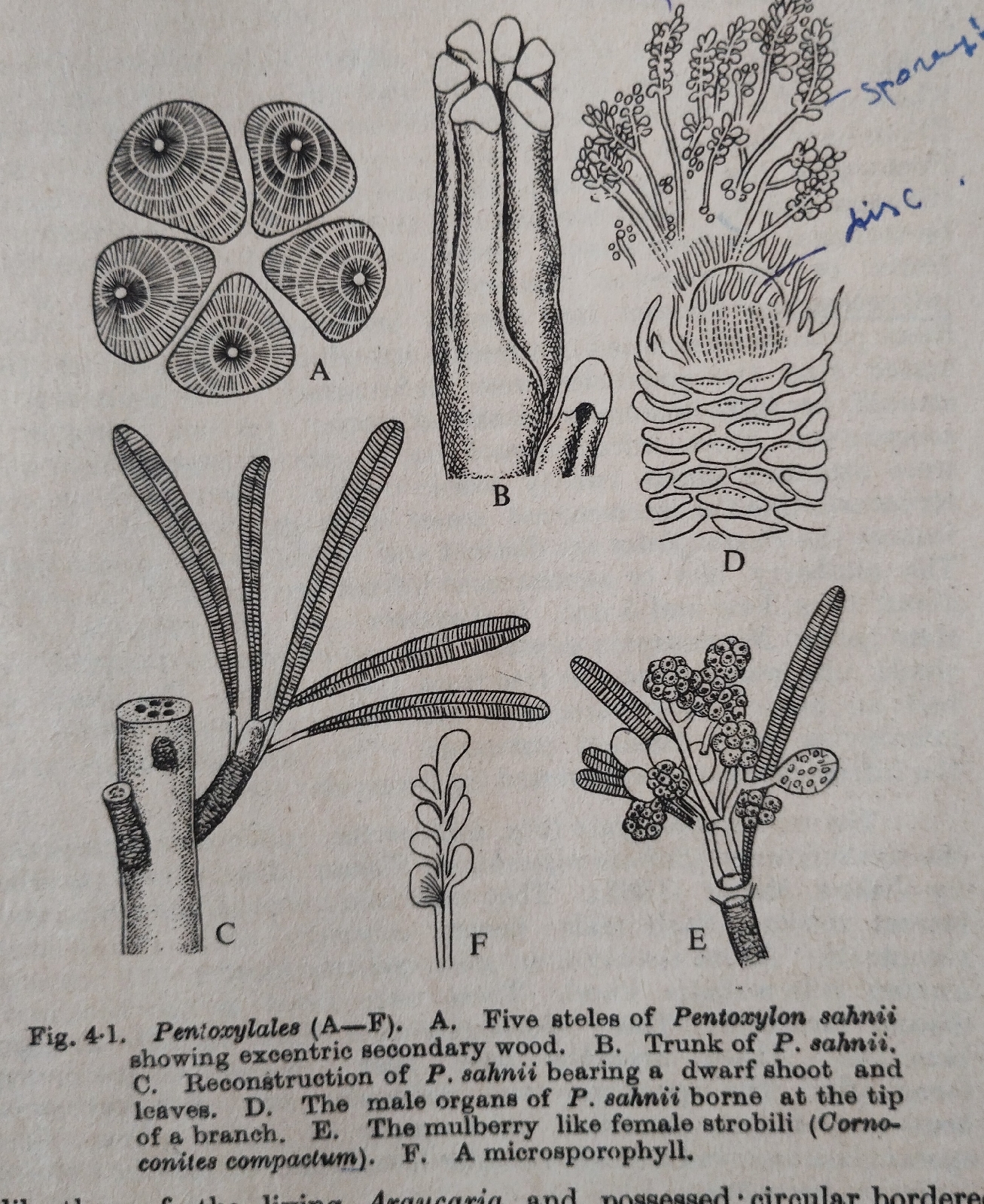Mushroom Cultivation
A few important questions and answers for the students (1) What is spawn ? Spawn is a fungal growth medium that already has mycelial fragments of mushroom which is used by the mushroom growers as inoculum. Fig. A packet of paddy straw mushroom spawn (2) What are the different types of spawn ? Mushroom spawns are of different types:- (i) Natural spawn (ii) Milltrack spawn (iii) Brick spawn (iv) Flake spawn (vi) Tobacco spawn (vii) Grain spawn (3) Describe the method of spawning . Terrier (1945) first used wheat grain in spawning. Chang and Li, 1982 describe the following steps of grain spawning:- (i) Wheat grains are boiled first till it is half cooked, then water is drained off. (ii)To this 2% Calcium carbonate is mixed thoroughly. (iii) Then the mixture is transferred into glass tubes/ flasks. (iv)After plugging with non-absorbent cotton the mixture is autoclaved at 121°C for 30 minutes. (v) After cooling down to 30°C - 40°C , gr...




Comments
Post a Comment